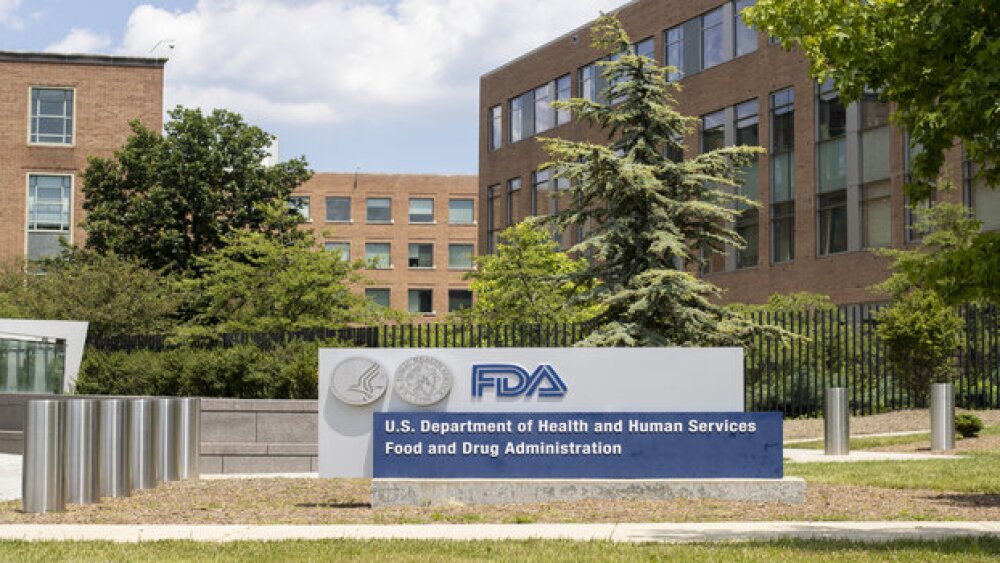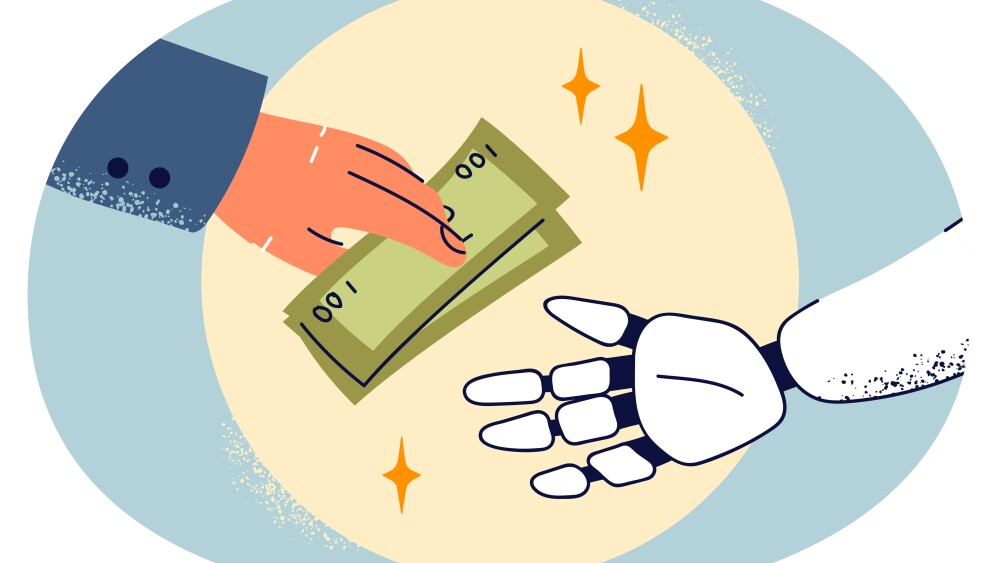Otsuka’s investigational antibody sibeprenlimab approximately halved levels of this key biomarker in patients with immunoglobulin A nephropathy.
Otsuka Pharmaceuticals’ investigational antibody sibeprenlimab significantly lowered urinary protein levels in patients with immunoglobulin A nephropathy in a Phase III trial, the company reported Friday.
In an investor note Friday morning, analysts at Guggenheim Partners called Otsuka’s data “impressive,” pointing to the therapy’s 51.2% reduction in proteinuria versus placebo. Such an effect “represents the strongest numerical result reported to date in IgAN Phase 3 trials,” according to the analysts.
The late-stage data, presented at the European Renal Association Congress, additionally supported an encouraging safety profile for sibeprenlimab. Treatment-emergent adverse events arose in 76.3% of patients in the sibeprenlimab arm, as opposed to 84.5% in placebo comparators. Serious toxicities developed in 3.9% of patients treated with Otsuka’s antibody, versus 5.4% in the placebo group.
Otsuka did not explicitly reveal its regulatory plans for sibeprenlimab in Friday’s release, though the company did emphasize that “proteinuria reduction is a recognized surrogate marker” for IgAN, which correlates with delaying disease progression. Proteinuria reduction “has been used as an endpoint in IgAN clinical trials to support accelerated regulatory approvals,” Otsuka noted.
Sibeprenlimab is a monoclonal antibody that works by selectively blocking the APRIL protein, which plays a key role in initiating and sustaining the disease. Through this mechanism, sibeprenlimab lowers IgA levels in IgAN patients, addressing an underlying disease pathway. The FDA has previously awarded sibeprenlimab its Priority Review designation.
With Friday’s readout, Otsuka could have a tenuous advantage over Vera Therapeutics, a key IgAN competitor, which is advancing the fusion protein atacicept.
In its investor note on Friday, Guggenheim analysts pointed out that Vera had previously reported a 42% placebo-adjusted proteinuria reduction for atacicept. In comparison, Otsuka’s sibeprenlimab delivered a “numerical” advantage that “appears meaningful” over atacicept, but “the competitive positioning remains more nuanced than headline efficacy numbers suggest,” the analysts said.
Sibeprenlimab’s efficacy advantage, they continued, “falls within the 10-20% range that leading nephrologists consider roughly equivalent from a clinical meaningfulness perspective and is essentially negligible.”
Meanwhile, atacicept delivered “similar or possibly better safety” than sibeprenlimab. The analysts in particular focused on serious infections, which occurred in two patients treated with Otsuka’s antibody versus Vera’s fusion protein.
Still, Guggenheim said that IgAN presents a “large market opportunity,” worth more than $9 billion in value, with enough space for both Otsuka’s and Vera’s therapies. “We believe such market size provides sufficient room for multiple effective therapies to achieve commercial success with differentiated positioning,” they added.
While Otsuka’s stock has not moved significantly after the data readout, Vera’s stock shed 30% of its value in pre-market trading.






